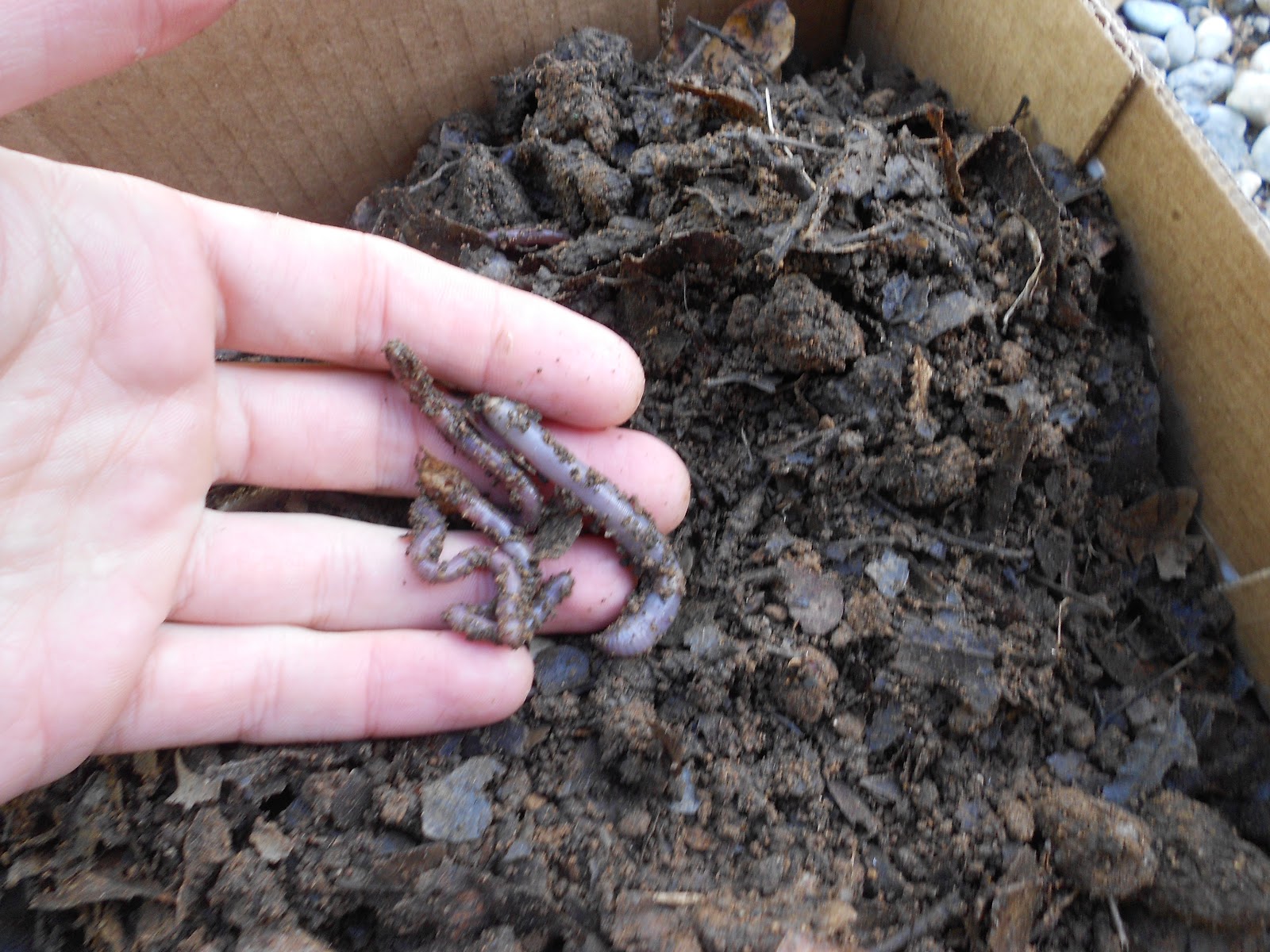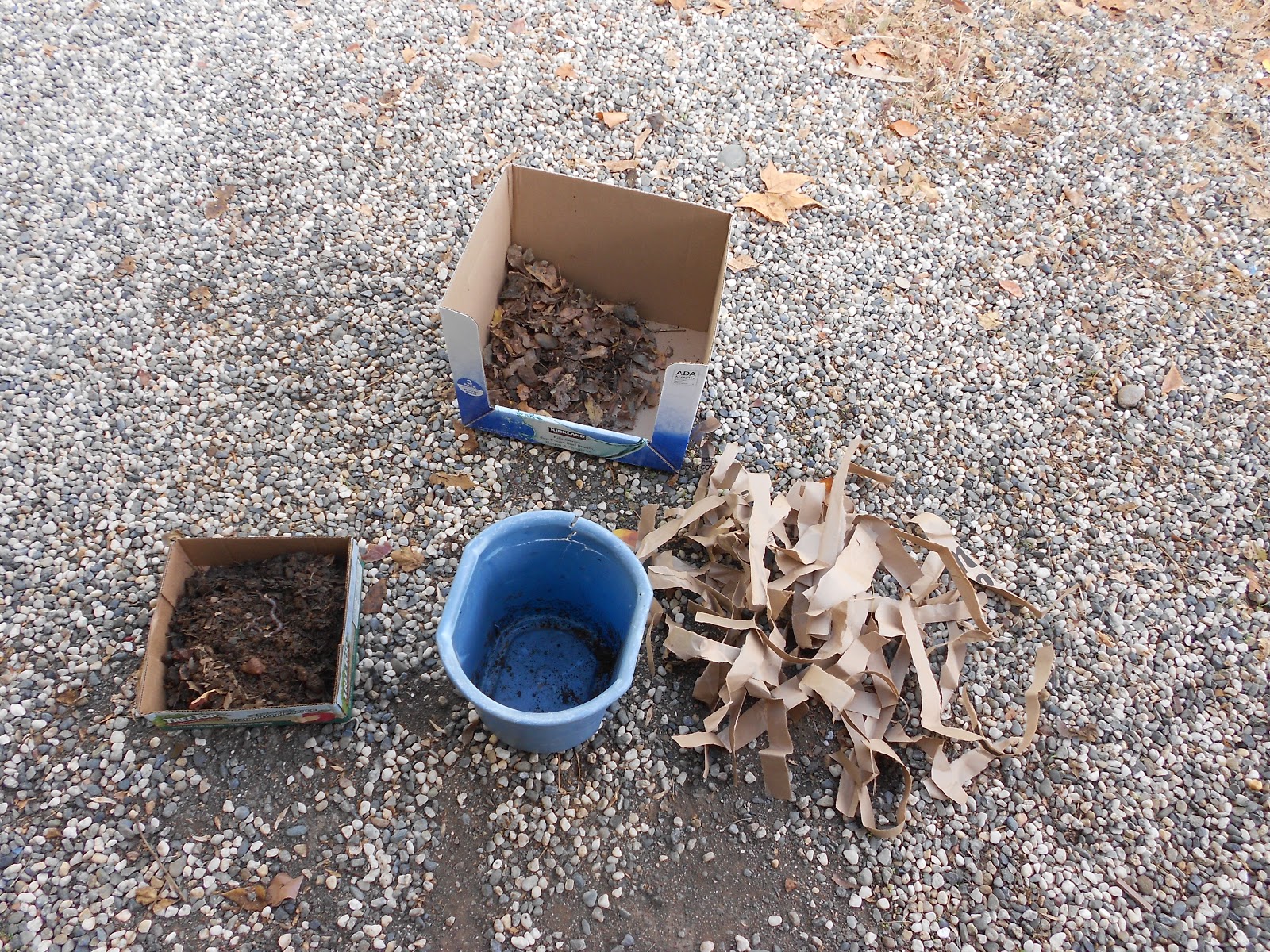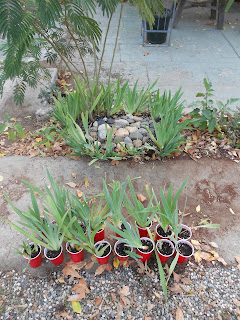Harvesting Wild Green Onions/ Shallots
November 8th, 2012
Entering later Fall here in Northern California, this herb just sprouted out about a month ago with the first rains. What a treat- left over from a past gardener for sure. I looked around online and it appears they can be harvested as soon as you get a couple inches above ground and continuing all winter as long as they survive.
Note: To identify, the plants actually smell like green onions above ground if you gently disturb them.
The "bulb" is located about 1 inch underground. This part is also edible. So here I've made an effort to loosen the dirt underneath until I can gently pull the full top and bulb out together.
Here, I've successfully harvested three bulbs and roots: the smell is potent and fresh.
To prepare, I first peel off the skin (much like garlic). Then I rinse dirt off the roots and stalk, and finally I chop off the roots. The rest is edible.
Sauteed in some olive oil, then added to eggs for breakfast



























